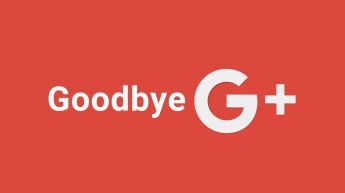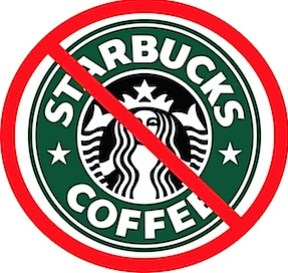 There’s been quite a bit of attention paid to the impact of online retail on bricks-and-mortar sectors like shopping centers. More than a few of them have started looking like Potemkin Villages. Some forecasts predict that the number of indoor shopping malls in America will contract by as much as one-third in the coming years.
There’s been quite a bit of attention paid to the impact of online retail on bricks-and-mortar sectors like shopping centers. More than a few of them have started looking like Potemkin Villages. Some forecasts predict that the number of indoor shopping malls in America will contract by as much as one-third in the coming years.
On the other hand, the changing dynamics of e-tailing are having the opposite effect when it comes to shipping logistics … because not only are consumers shopping online in record numbers, they’re also taking advantage of delivery options that are bringing merchandise directly to them in 24 or 48 hours – even same-day deliveries in some cases.
What this means is that the efficiencies in procurement, inventory and distribution that drove many distribution centers to be built in outlying locations aren’t exactly working in today’s “deliver it to me and deliver it to me now” mindset.
[This is why we’re hearing about solutions such as drone deliveries – but that’s still a ways in the future and could eventually begin to cause congestion in a new realm – up in the air.]
 In the meantime, more delivery vehicles than ever are competing with commuter traffic on already-congested highways during peak time periods. A shortage of qualified truckers is spurring development of driverless trucking, while the delivery system as a whole is running at full capacity (if not full efficiency).
In the meantime, more delivery vehicles than ever are competing with commuter traffic on already-congested highways during peak time periods. A shortage of qualified truckers is spurring development of driverless trucking, while the delivery system as a whole is running at full capacity (if not full efficiency).
Of particular concern is the so-called “last mile” delivery aspect in urban environments. It isn’t merely the issue of traffic congestion. It’s also city planning codes (outdated), parking restrictions (made even more difficult thanks to the current fad in “progressive” cities of adding bike lanes while removing on-street stopping and parking), and load limitations (adding even more challenges and complexity).
But nature abhors a vacuum, and there are some interesting developments happening to address the challenges. The use of data analytics is growing exponentially, with route maps, GPS data, and real-time expected-versus-actual travel time updates allowing for transport rerouting to happen “in the moment.”
Other novel solutions, such as smart lockers that receive multiple shipments in a central location, plus the use of mobile warehouses within urban areas enabling less reliance on the big remote distribution centers, are emerging.
 Burgeoning ride-sharing services like Uber and Lyft are contributing to more congestion in urban areas – just think how many more ride-sharing vehicles are on the road today compared to taxi cabs in the past. But in rural or remote areas the opposite issue is in play – difficult accessibility. This is where drone deliveries are a welcome development — including during in the wake of natural disaster occurrences where traditional transportation methods might be impossible — or at the very least highly dangerous.
Burgeoning ride-sharing services like Uber and Lyft are contributing to more congestion in urban areas – just think how many more ride-sharing vehicles are on the road today compared to taxi cabs in the past. But in rural or remote areas the opposite issue is in play – difficult accessibility. This is where drone deliveries are a welcome development — including during in the wake of natural disaster occurrences where traditional transportation methods might be impossible — or at the very least highly dangerous.
What are your thoughts about the friction between “convenience and congestion”? Will technology help us smooth out the rough edges — or are we in for even more frustrations? Please share your thoughts with other readers here.


















